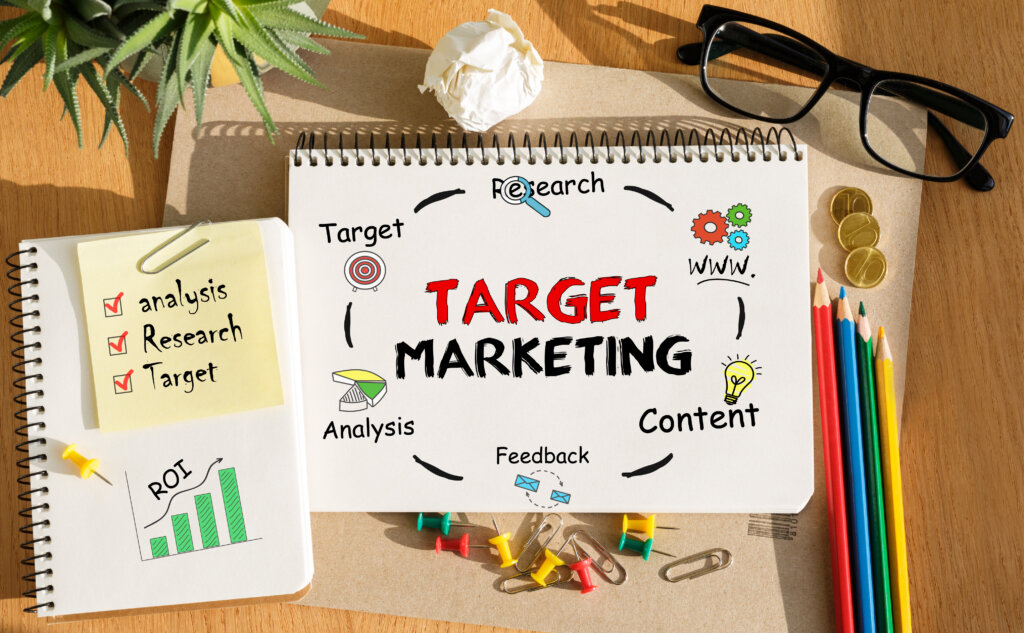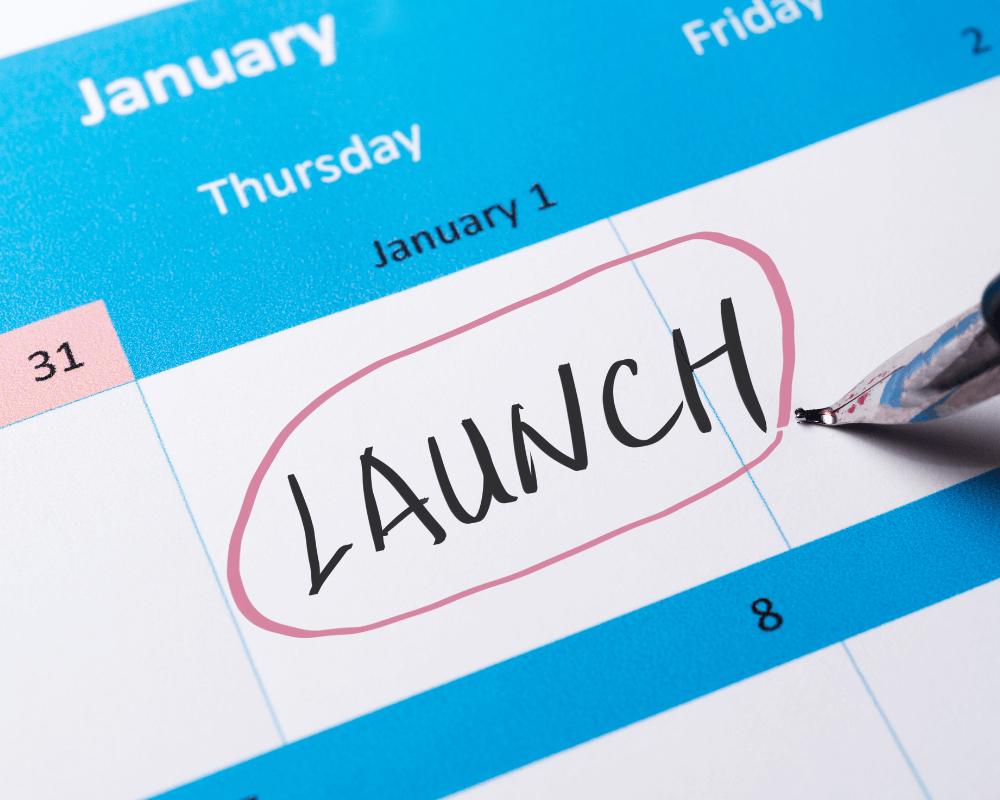Launching a product can be daunting, but paid ads offer a strategic advantage to reach your target audience effectively. By utilizing paid ads, you can amplify your product’s visibility and generate buzz even before it hits the market.
Creating targeted ads that speak directly to your audience’s pain points ensures that your message resonates. Choose platforms that align with your audience’s habits and preferences. Craft compelling ad copy that highlights the unique features of your product.
Understanding how to tailor your ad campaigns to the specific needs of your product launch is essential for maximizing impact. Measurable objectives are important for setting clear goals for your ad campaigns. They help in optimizing your strategy. Analyze and refine your approach based on ad performance data to ensure the success of your product launch.
Understanding the product and market

Identifying your product’s strengths and where it fits into the market will fuel a successful product launch. Understanding the market landscape and competition will allow you to position your offering strategically.
Conducting market research and analysis
Market research provides valuable insights into the market size and demographics of your target audience. It helps you recognize who your competitors are and what strategies they use.
Key steps include:
- Analyzing existing industry reports
- Conducting surveys and focus groups
- Reviewing competitor data and performance
Tools for market research:
- Surveys: Google Forms, SurveyMonkey
- Analytics Platforms: Google Analytics
- Industry Reports: Statista, Nielsen
This research informs your strategy by highlighting customer needs and market trends.
Identifying unique value proposition and messaging
Your product’s unique value proposition (UVP) differentiates it from competitors. It’s crucial to develop a clear, compelling message that communicates this uniqueness to potential customers.
Steps to develop a UVP:
- Analyze your product’s benefits
- Compare your offering against competitors
- Align messaging with customer desires
Elements of effective messaging:
- Clarity: Clear communication devoid of jargon
- Relevance: Direct appeal to customer needs
- Differentiation: How your product stands out
Your UVP serves as the foundation for all marketing communications.
Defining clear goals for the product launch
Setting clear, measurable goals for your product launch is essential to evaluate its success and refine your strategies. Your goals should align with overarching business objectives while focusing on key performance indicators (KPIs).
Important goals may include:
- Achieving specific sales targets
- Expanding market reach
- Increasing brand awareness
Methods for defining goals:
- Use SMART criteria (Specific, Measurable, Achievable, Relevant, Time-bound)
- Align with business goals for coherence
- Set benchmarks to measure progress
Clear goals guide your launch strategy and help track performance effectively.
Strategizing the marketing plan

A successful product launch requires a well-thought-out marketing strategy that includes selecting optimal marketing channels, crafting a comprehensive campaign, and efficiently managing costs associated with acquiring and retaining customers.
Choosing the right marketing channels
Selecting the correct marketing channels is crucial for reaching your target audience effectively.
- Digital marketing options include social media platforms, search engines, and email campaigns, each offering distinct advantages. Social media platforms like Facebook and Instagram are excellent for visual products and reaching a broad audience.
- SEO and SEM on search engines can drive traffic from users actively searching for your product or service.
- Email marketing allows for personalized engagement and is often cost-effective.
To identify the best channels, consider where your audience spends most of their time, what channels offer the best engagement rates, and which align with your product launch strategy.
Creating a comprehensive marketing campaign
A holistic marketing campaign incorporates a blend of content, outreach, and engagement to maximize impact. Your campaign should consist of creative content that resonates with your audience, a clear call-to-action, and measures for tracking success. Crafting compelling narratives that highlight the unique value proposition of your product is vital. Use videos, blog posts, and interactive content to engage potential customers.
Incorporate different marketing strategies, like influencer partnerships or promotional offers, to draw more attention during the launch period. Ensure each component of your campaign aligns with the overall objectives of your marketing plan and adjust based on ongoing feedback and data.
Budgeting for customer acquisition and retention
Balancing customer acquisition cost (CAC) with retention strategies is essential for long-term success. Allocating resources for both new customer acquisition and existing customer retention can optimize your budget. Establish clear CAC benchmarks to avoid overspending.
Consider investing in loyalty programs and personalized experiences for retention, as retaining customers is more cost-effective than acquiring new ones. Utilize data analytics to monitor campaign efficacy and make informed adjustments to your spending. With a detailed budget aligned with your product launch marketing plan, you can effectively manage costs while ensuring a strong market presence.
Executing paid advertising campaigns

Achieving success in paid advertising for product launches involves crafting targeted strategies across various platforms. A focus on maximizing visibility through well-planned search, display, and social media ads can enhance outreach and engagement.
Developing effective paid search strategies
When developing paid search strategies, keywords form the core. You need to identify the most relevant terms potential customers use. Utilize tools such as Google Keyword Planner to find high-traffic, low-competition keywords.
Creating compelling ad copy is crucial. The text should clearly communicate the product’s value and include a strong call to action. Consider including promotions or offers to entice clicks. A/B testing different ad formats and copies helps refine your strategy to boost performance.
Leveraging the Google display network and social media
The Google Display Network provides expansive reach, allowing you to target users across millions of websites. Leverage display ads focused on brand visibility and retargeting. Eye-catching visuals and a concise message can attract attention and drive conversions.
Social media advertising presents powerful tools for targeting specific demographics or behaviors. Platforms like Facebook and Instagram allow detailed audience targeting. Use paid social ads to complement your search and display campaigns by driving engagement and building excitement around your product.
Utilizing influencer and email marketing
Engaging influencers in your niche can amplify your reach and lend credibility to your product launch. Choose influencers whose audience matches your target market. Create partnerships that feel authentic and provide value to both your product and the influencer’s followers.
Incorporate email marketing to reach existing customers and subscribers. Your email strategy should involve personalized messages highlighting the benefits and unique aspects of your new product. Include special offers or early access deals to incentivize engagement and purchases, enhancing the impact of other paid channels.
Optimizing campaigns and user experience

Optimizing your campaigns involves strategic A/B testing and data analysis to make informed decisions. Additionally, enhancing SEO, content marketing, landing pages, and customer journeys ensures an engaging user experience.
Implementing A/B testing and analytics
A/B testing allows you to compare different elements of your campaigns to determine which perform better. You should test headlines, call-to-action buttons, images, and layouts. Marketing analytics tools can help track user engagement and conversions.
Regularly review your data to identify trends and make adjustments. Prioritize tests with significant potential impact, and always base changes on clear metrics rather than assumptions. Testing should be an ongoing process to continuously improve campaign effectiveness.
Refining SEO and content marketing
Enhancing SEO involves implementing best SEO practices like keyword optimization and mobile-friendliness. Updating meta tags and ensuring fast loading times can boost visibility. Effective content marketing supports your SEO efforts by creating valuable and relevant content that attracts and retains customers.
Create a content calendar to schedule posts consistently. Track performance using analytics to adjust your strategy. Integrating SEO with content marketing leads to better search rankings and engagement.
Enhancing landing pages and customer journeys
Landing pages must be optimized for clarity and conversion. Use clear headlines, concise messaging, and strong calls-to-action. Ensure the design is visually appealing and aligns with your brand.
Consider the entire customer journey, from the first ad click to post-purchase interactions. Each step should be seamless and intuitive. Implementing user feedback can highlight areas for improvement. Use data to personalize experiences, increasing satisfaction and loyalty.
Evaluating launch success and gathering feedback

To ensure the effectiveness of your product launch, it’s essential to assess both sales outcomes and brand awareness. Gathering feedback also helps you fine-tune your product for increased customer satisfaction and engagement.
Measuring the impact on sales and brand awareness
Begin by analyzing sales data to understand customer response. Compare the sales figures before and after the launch to identify patterns. Utilize tools like Google Analytics or CRM systems to track conversions and identify customer engagement in the sales funnel. Monitoring key metrics such as website traffic, conversion rates, and click-through rates (CTR) offers insights into brand awareness.
Use advertising analytics to determine the reach and cost-effectiveness of your marketing campaigns. Look for increased mentions and activity across social media to gauge community engagement. Consider setting sales target goals before the launch and assess actual performance.
Collecting customer feedback for product enhancements
Gathering customer feedback is invaluable for improving your product. Implement surveys, polls, or feedback forms to collect responses. Tools like SurveyMonkey or Google Forms can simplify this process. Directly engage with your audience across platforms like social media or through email outreach.
Encourage honest feedback to understand user experience and identify potential improvements. Create community forums or groups where users can discuss and share their experiences. Analyze the responses to identify trends or common issues.
Use this data to inform product enhancements and better align with customer expectations. Prioritize features and changes that will most likely lead to increased satisfaction and retention.
Quickly Hire maximizing product launch success with paid ads
Launching a product can be overwhelming, but paid ads provide a powerful way to reach your target audience and create excitement before your launch. A well-planned ad strategy amplifies visibility and drives early engagement.
Crafting targeted ads that address your audience’s pain points ensures your message resonates. Selecting the right platforms based on user habits and preferences further enhances your reach. Compelling ad copy that highlights your product’s unique features increases conversions and brand awareness.
Quickly Hire connects you with expert marketers to execute high-performing ad campaigns. Launch your product with confidence—hire a paid ads specialist today!

